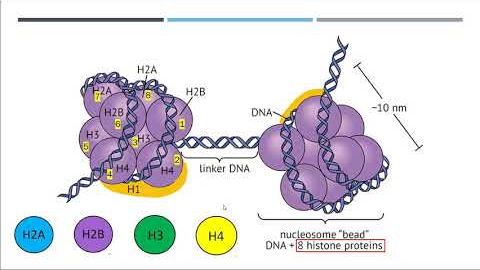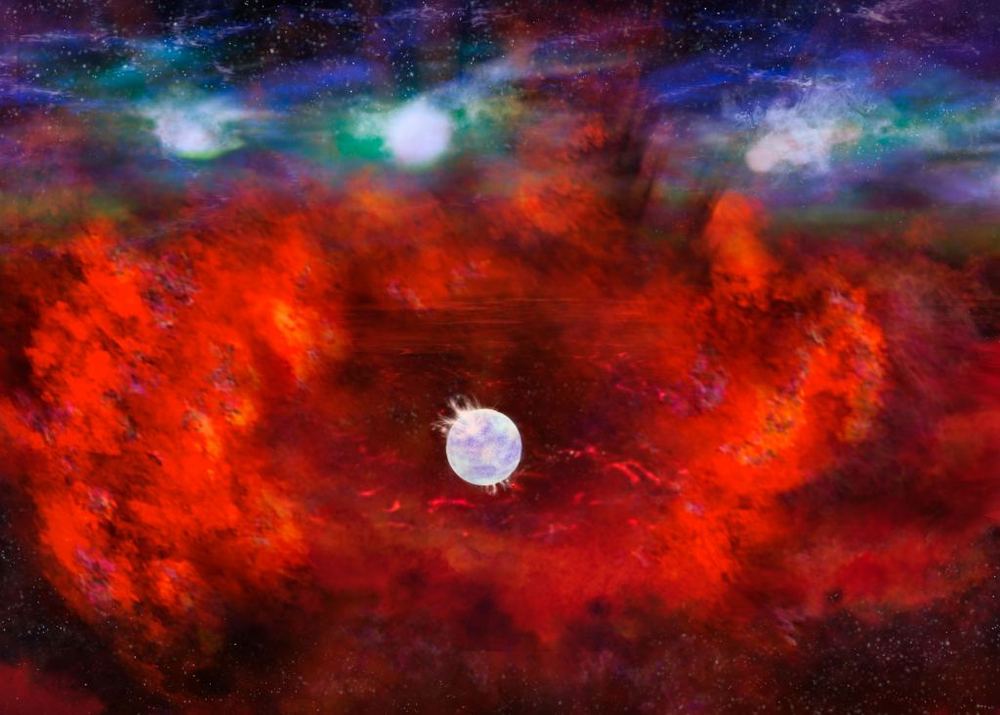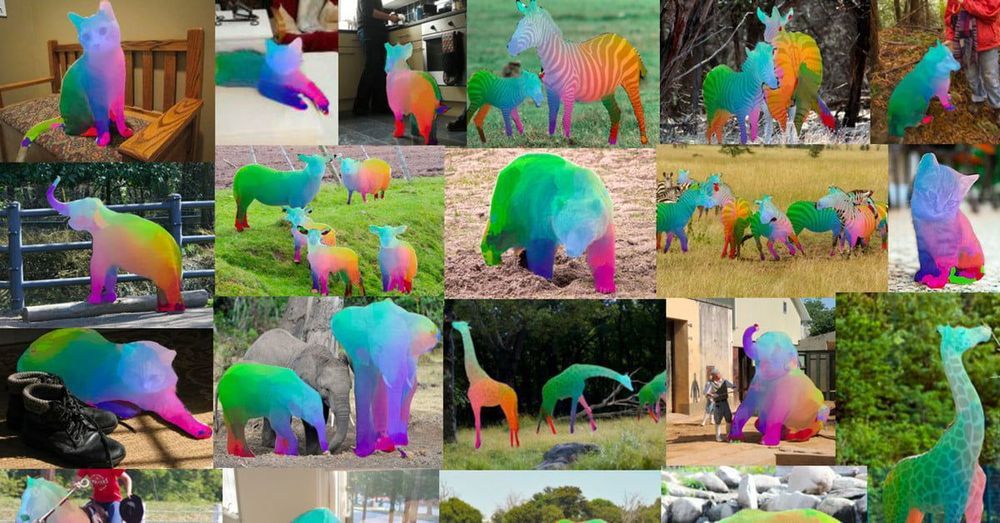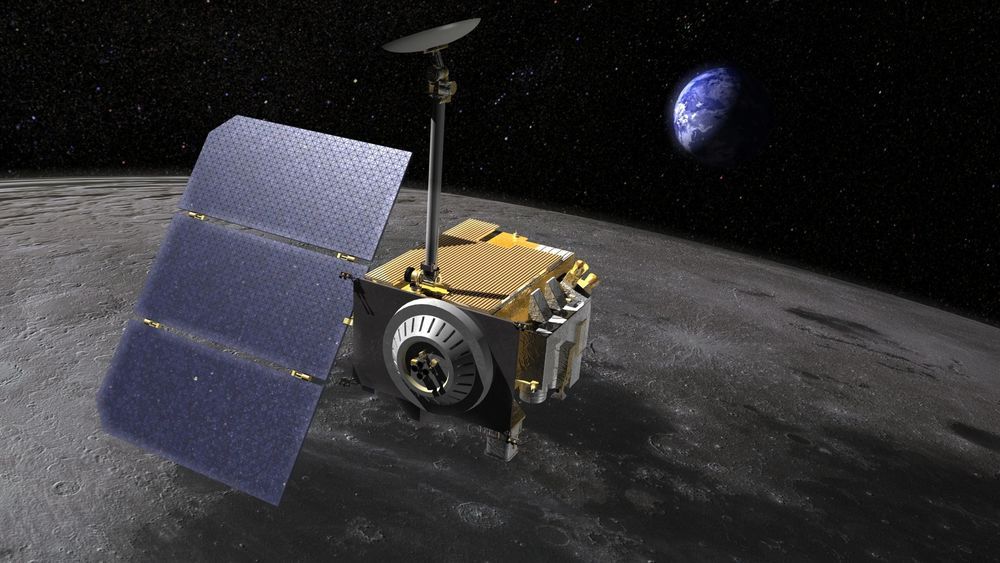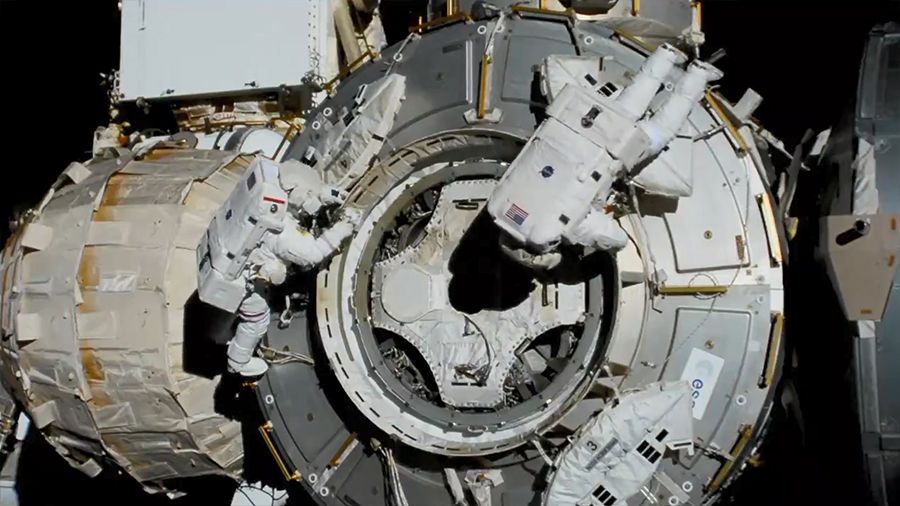Page 6209
Aug 11, 2020
Astronomers Think They’ve Found the Neutron Star Remnant From Supernova 1987a
Posted by Genevieve Klien in category: cosmology
In 1987, astronomers witnessed a spectacular event when they spotted a titanic supernova 168,000 light-years away in the Hydra constellation. Designated 1987A (since it was the first supernova detected that year), the explosion was one of the brightest supernova seen from Earth in more than 400 years. The last time was Kepler’s Supernova, which was visible to Earth-bound observers back in 1604 (hence the designation SN 1604).
Since then, astronomers have tried in vain to find the company object they believed to be at the heart of the nebula that resulted from the explosion. Thanks to recent observations and a follow-up study by two international teams of astronomers, new evidence has been provided that support the theory that there is a neutron star at the heart of SN 1604 – which would make it the youngest neutron star known to date.
The studies that describe their respective findings were both published in The Astrophysical Journal. The first, “High Angular Resolution ALMA Images of Dust and Molecules in the SN 1987A Ejecta,” appeared in the November 19th, 2019, issue while the second, “NS 1987A in SN 1987A,” was published in the July 30th, 2020 issue. Both studies represent the culmination of thirty years of research and waiting by astronomers.
Aug 11, 2020
Chernobyl Fungus Eats Nuclear Radiation Via Radiosynthesis
Posted by Brent Ellman in categories: chemistry, nuclear energy, space
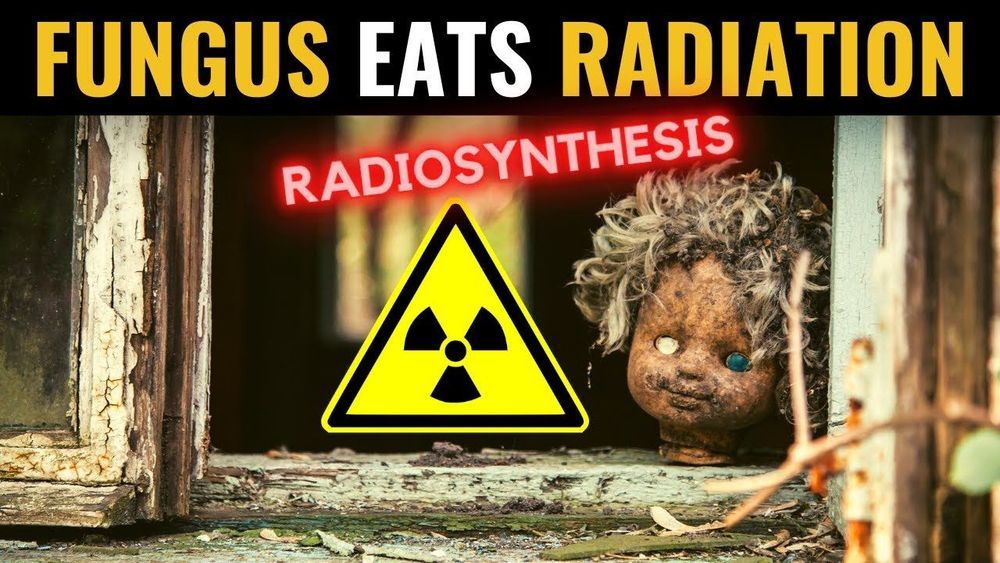
The earth’s atmosphere and magnetic field protect humans from harmful radiation. However, it is a known fact that astronauts are exposed to radiation levels that are 20-fold higher than those found on planet earth. NASA recently did an experiment on the International Space Station after realizing that a fungus growing near the Chernobyl site was thriving on nuclear radiation because of radiosynthesis. The fungus was using melanin to convert gamma radiation into chemical energy. Therefore, space scientists grew the fungus inside the ISS for a month and analyzed its ability to block radiation.
The experiment showed that the Chernobyl fungus, now identified as “Cladosporium sphaerospermum,” was able to block some of the incoming radiation. This finding has implications for future space missions. Scientists are thinking of shielding astronauts and space objects with a layer of this radiation-absorbing protective fungus. Meanwhile, let’s await further updates from NASA. Please share your thoughts with us in the comments section.
Aug 11, 2020
Facebook’s A.I. takes image recognition to a whole new level
Posted by Genevieve Klien in category: robotics/AI
Facebook is using cutting-edge artificial intelligence to extract valuable data from images. The company showed Digital Trends some of its ongoing work.
Aug 11, 2020
Laser beams reflected between Earth and moon boost science
Posted by Genevieve Klien in categories: physics, science, space
Dozens of times over the last decade NASA scientists have launched laser beams at a reflector the size of a paperback novel about 240,000 miles (385,000 kilometers) away from Earth. They announced today, in collaboration with their French colleagues, that they received signal back for the first time, an encouraging result that could enhance laser experiments used to study the physics of the universe.
The reflector NASA scientists aimed for is mounted on the Lunar Reconnaissance Orbiter (LRO), a spacecraft that has been studying the moon from its orbit since 2009. One reason engineers placed the reflector on LRO was so it could serve as a pristine target to help test the reflecting power of panels left on the moon’s surface about 50 years ago. These older reflectors are returning a weak signal, which is making it harder to use them for science.
Scientists have been using reflectors on the moon since the Apollo era to learn more about our nearest neighbor. It’s a fairly straightforward experiment: Aim a beam of light at the reflector and clock the amount of time it takes for the light to come back. Decades of making this one measurement has led to major discoveries.
Aug 11, 2020
StarshipSN05: Amazing footage of the Starship SN5 prototype making a 150-meter hop
Posted by Heather Blevins in category: space travel
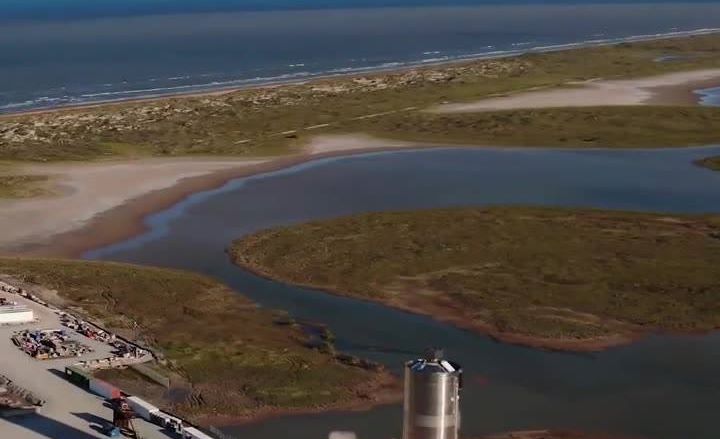
The footage of the tiny tiny landing legs deploying is particularly fantastic. Credit: SpaceX
Aug 11, 2020
SpaceX Boca Chica — The first ever Starship Post Flight Processing Flow
Posted by Alberto Lao in category: space travel
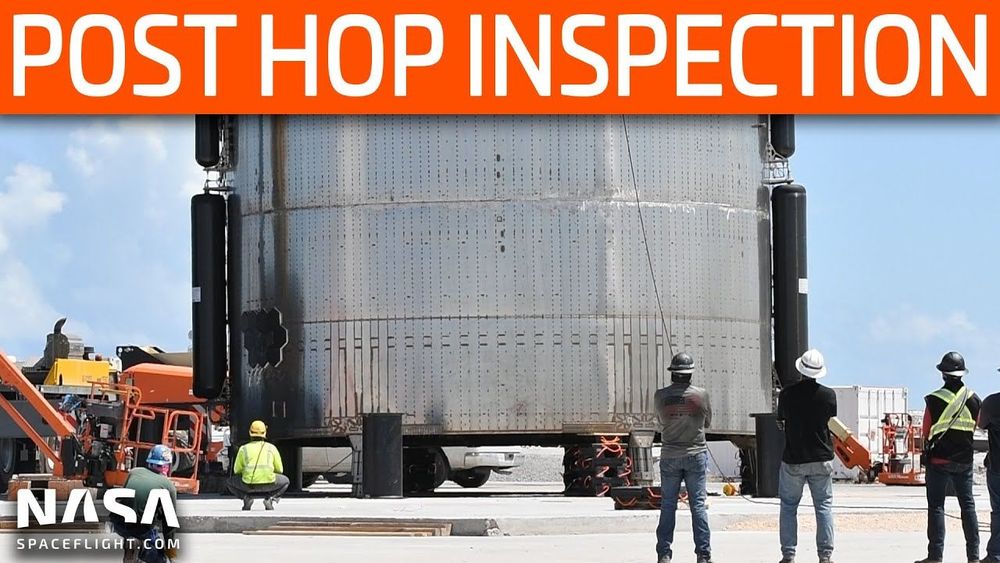
A full video showing how the SpaceX teams took care of Starship SN5 following her hop on to the landing pad. This is the first time — for Starship — that there’s been a post-flight processing flow.
Video and Pictures from Mary (@BocaChicaGal). Edited by Jack Beyer (@TheJackBeyer).
Continue reading “SpaceX Boca Chica — The first ever Starship Post Flight Processing Flow” »
Aug 11, 2020
World’s Biggest Business Intelligence Firm Buys 21K Bitcoin for $250M
Posted by Brent Ellman in categories: bitcoin, business
MicroStrategy confirms it has made Bitcoin its primary treasury reserve asset as institutional uptake takes a dramatic bullish step forward.
Listen to article.
Aug 11, 2020
Tesla could become an energy provider around the world, with an “all-inclusive” package
Posted by Kelvin Dafiaghor in categories: energy, space, sustainability
In Elon we trust the planet earth!
Tesla studies the possibility of becoming an energy supplier in Europe, offering photovoltaic, storage and electric car charging in one package.
Tesla doesn’t just sell cars. Among the various sectors in which it operates, domestic energy is perhaps the one with the widest growth margins. After launching its photovoltaic products, both solar panels, and tiles, and after the famous PowerWall accumulation, Musk’s company is studying the possibility of offering all its assets in a single offer, even becoming an electricity provider in the world.
Aug 11, 2020
Behnken and Cassidy Conclude Ten Spacewalks Each
Posted by Heather Blevins in category: robotics/AI
Robert Behnken and Chris Cassidy concluded their spacewalk at 12:41 p.m. EDT, after five hours and 29 minutes. The two NASA astronauts completed a number of tasks designed to upgrade International Space Station systems.
They began by installing a protective storage unit that includes two Robotic External Leak Locator (RELL) units the Canadian Space Agency’s Dextre robot can use to detect leaks of ammonia, which is used to operate the station’s cooling system.
Behnken and Cassidy then removed two lifting fixtures at the base of station solar arrays on the near port truss, or backbone, of the station. The “H-fixtures” were used for ground processing of the solar arrays prior to their launch.
